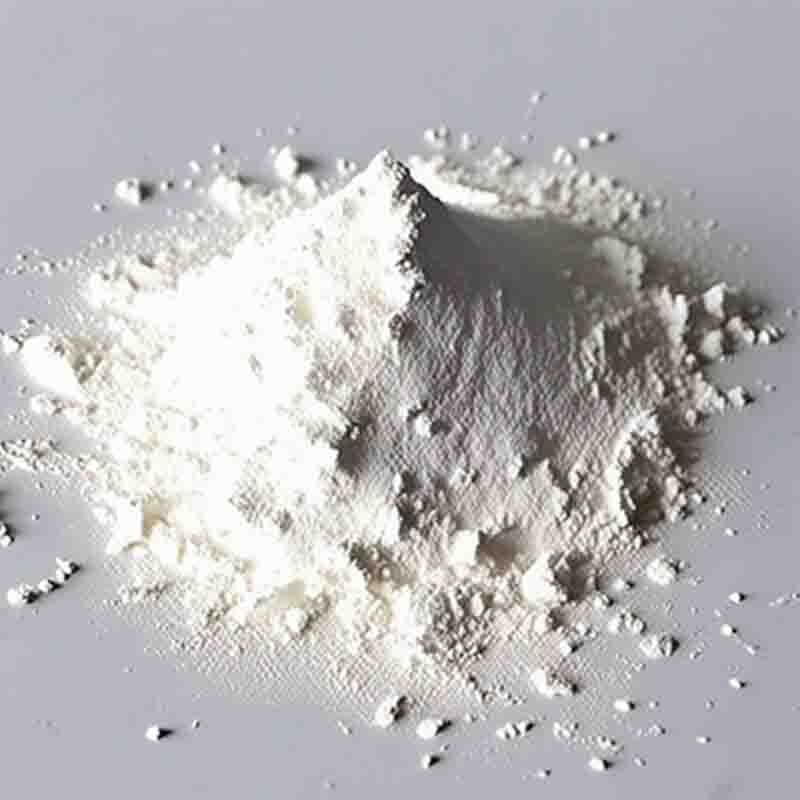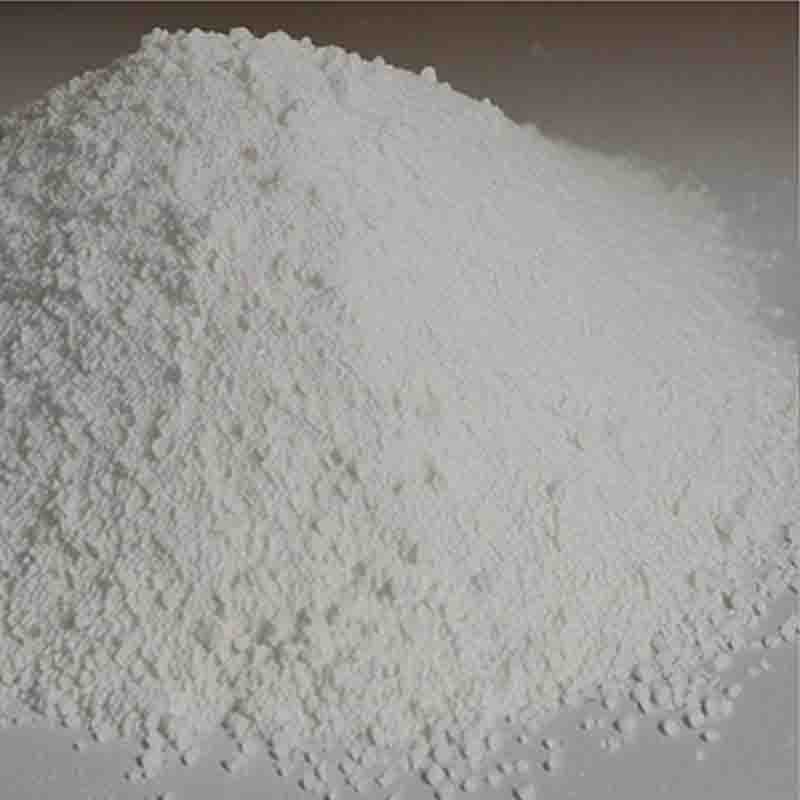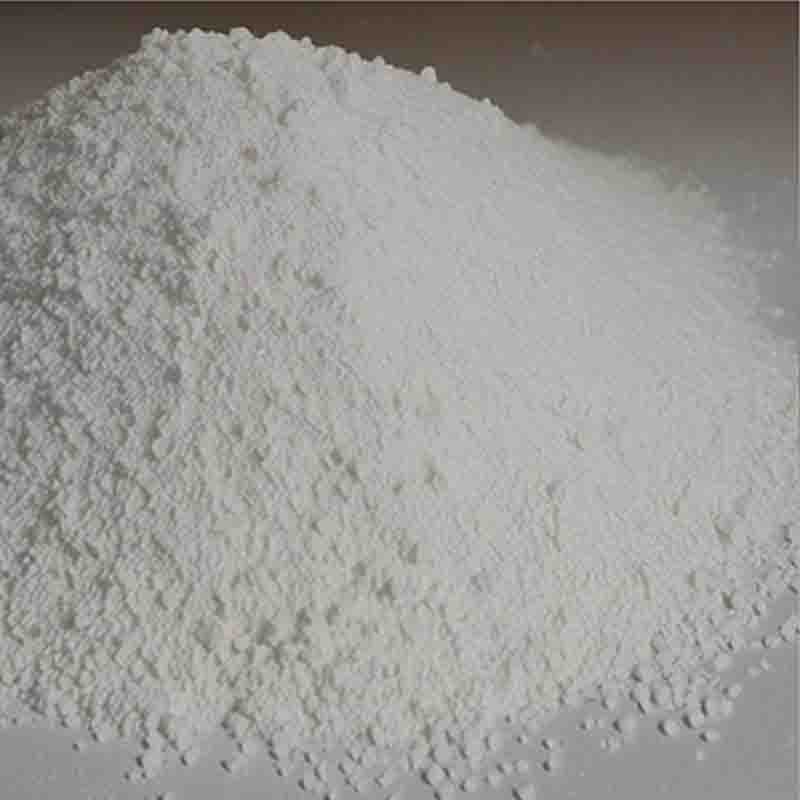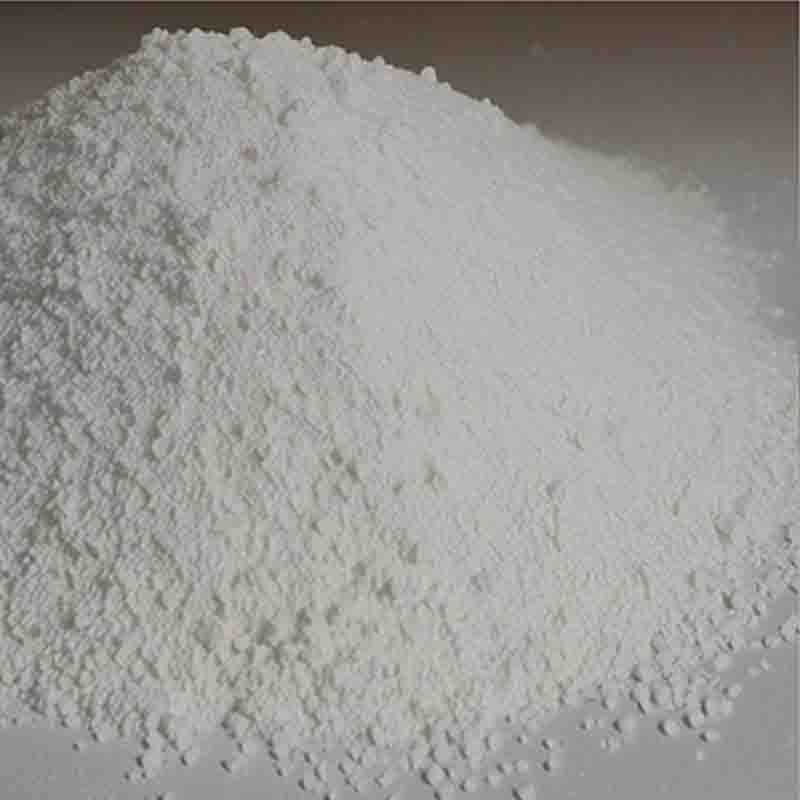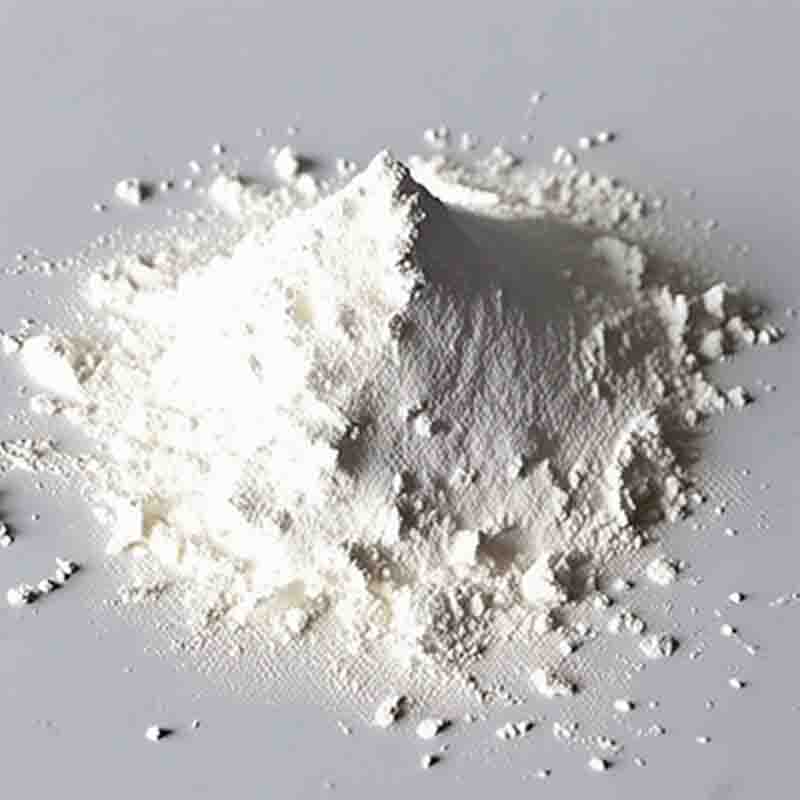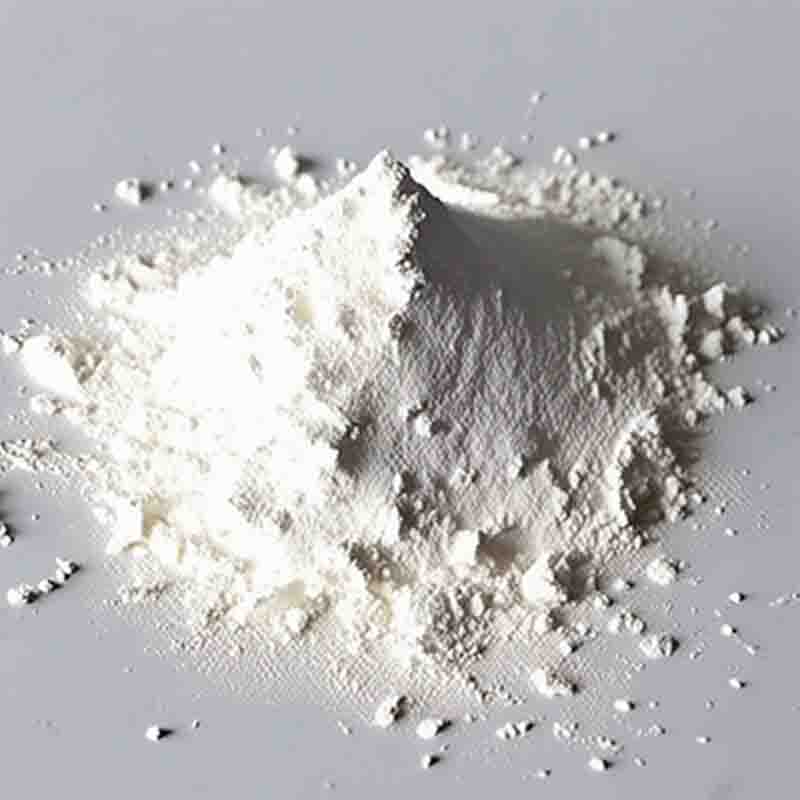2-Amino-6-chloropurine CAS:10310-21-1
| Catalog Number | XD95804 |
| Product Name | 2-Amino-6-chloropurine |
| CAS | 10310-21-1 |
| Molecular Formula | C5H4ClN5 |
| Molecular Weight | 169.57 |
| Storage Details | Ambient |
Product Specification
| Appearance | White powder |
| Assay | 99% min |
2-Amino-6-chloropurine is a chemical compound that belongs to the purine family. It is a modified version of the naturally occurring purine base, adenine. The presence of an amino group and a chlorine atom in its structure gives 2-Amino-6-chloropurine unique properties and effects.One significant effect of 2-Amino-6-chloropurine is its potential role as a medicinal compound. It has been studied for its antiviral properties, specifically in inhibiting the replication of viruses. Research has shown that 2-Amino-6-chloropurine can target key enzymes involved in viral replication, thereby preventing the virus from multiplying and spreading in the body. This has led to investigations into its use as a treatment for viral infections, particularly those caused by DNA viruses.Another effect of 2-Amino-6-chloropurine is its impact on cellular processes and signaling pathways. As a modified purine base, it can affect nucleic acid metabolism and synthesis. Studies have shown that 2-Amino-6-chloropurine can interfere with the activity of enzymes involved in DNA and RNA synthesis, leading to disruptions in cellular functions. This effect can be harnessed in research to study the role of specific enzymes and pathways in various biological processes.Additionally, 2-Amino-6-chloropurine has been used as a selective marker in genetic and molecular biology experiments. Its presence in cell culture media or genetic constructs allows researchers to identify cells or organisms that have incorporated the compound. This is especially useful in studies involving genetics, as it can aid in the identification and selection of genetically modified cells or organisms.Furthermore, 2-Amino-6-chloropurine has been investigated for its potential in cancer treatment. Some studies have shown that it can induce apoptosis, or programmed cell death, in cancer cells. This effect suggests that 2-Amino-6-chloropurine has the potential to be used as an anticancer agent. However, further research is needed to fully understand its mechanisms of action and to evaluate its effectiveness and safety as a cancer treatment.In conclusion, 2-Amino-6-chloropurine exhibits various effects due to its structural modifications. It has been studied for its antiviral properties, impact on cellular processes, and potential use in cancer treatment. Additionally, it serves as a selective marker in genetic and molecular biology experiments. Continued research into the effects and mechanisms of 2-Amino-6-chloropurine is essential to fully explore its potential applications in medicine and scientific research.


